8. Masahiro Shinoda (1931 – present)
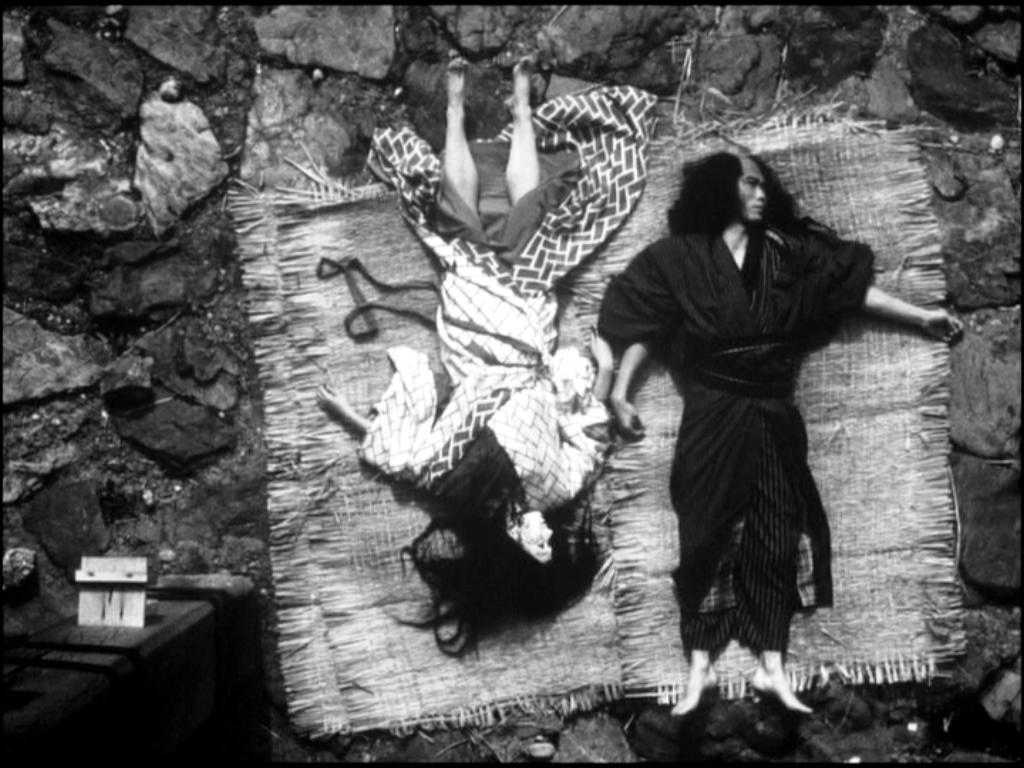
One of the principal figures in the Japanese New Wave, Masahiro Shinoda rose to fame with his intriguing mix of modern topicality and his devotion to the traditional theater and arts of Japan.
Starting his directing career in 1960, Shinoda made a slew of films, mostly now forgotten, before his break with Pale Flower, a film about a Yakuza hitman, inspired by the modernist writings by French poet Charles Baudelaire. His fresh voice soon captured the attention of many critics and his profile only continued to rise with his next few films, the drama With Beauty and Sorrow, and the two samurai movies Assassination and Samurai Spy.
In 1969 Shinoda made his most inspired and most enduring work, the wrenching drama Double Suicide based on an old Japanese play by the great playwright Chikamatsu Monzaemon. The original play is a piece of bunraku theater, a type of traditional puppet show, and in Shinoda’s adaptation real actors are used but “stagehands” dressed in black manipulate the actors during the scenes, as if they were puppets.
The film also features Shinoda’s wife Shima Iwashita in a terrific double performance. Shinoda continued making movies until his retirement in 2003. Some of his other notable pictures include Ballad of Orin, Himiko and Gonza the Spearman.
7. Shohei Imamura (1926 – 2006)
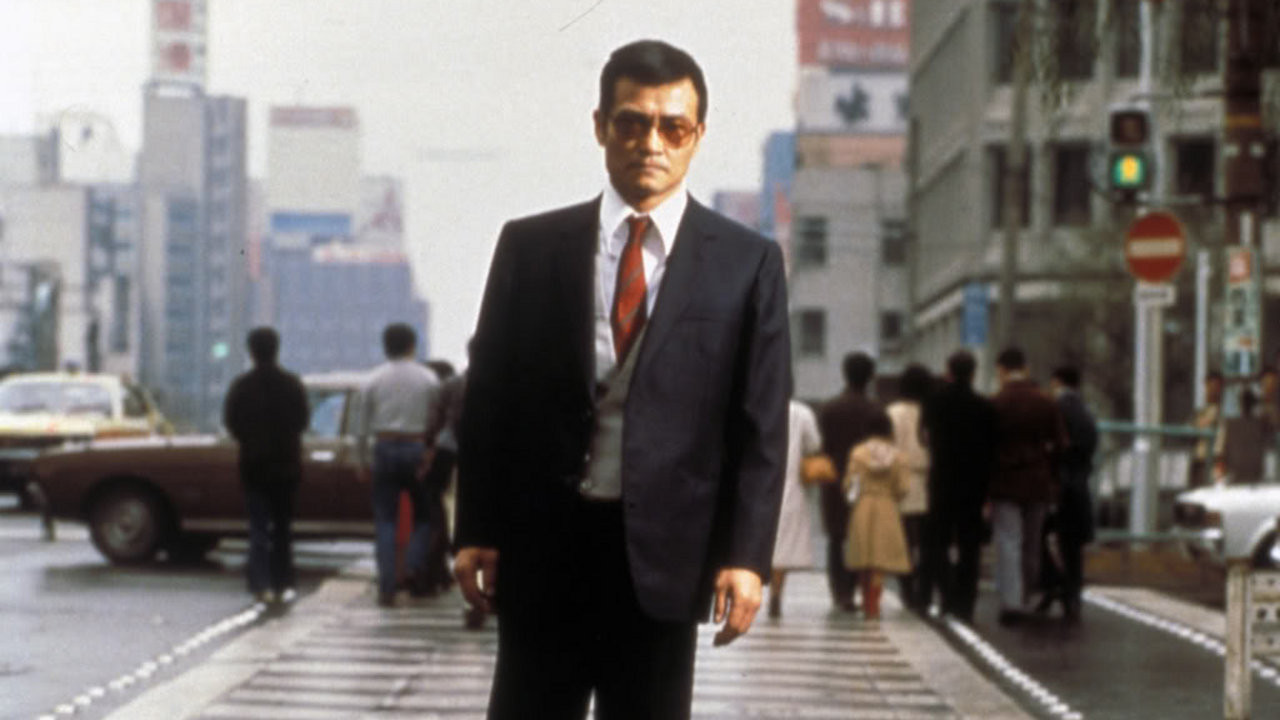
Winner of two Palme d’Or awards and an array of other prestigious accolades, Shohei Imamura is one of the most celebrated Japanese filmmakers of all time. His legendary career started in the late 1950s and continued strongly into the period of the New Wave, exploring all types of genres and styles.
After working around in studios as an assistant or writer, Imamura got the opportunity to direct his first film Stolen Desires, a controversial film that about actors exploring the vices of life. The studio, Nikkatsu, was not happy at his bold debut and forced Imamura to make less exciting movies for a while.
Unwilling to compromise, Imamura soon got back to his shocking style of cinema and made a string of daring films including the classic Pigs and Battleships before starting his own company to gain even more artistic freedom. Imamura continued to increase his reputation as one of the boldest auteurs of the New Wave with explicit films like The Pornagraphers and Vengeance is Mine, based on the true story of a serial killer.
Imamura also directed a good amount of documentaries about the changing cultures of Japan. Later in his career in the 1980s Imamura was as active and talented as ever, making some of his most celebrated films like The Eel and an adaptation of The Ballad of Narayama.
6. Hiroshi Teshigahara (1927 – 2001)
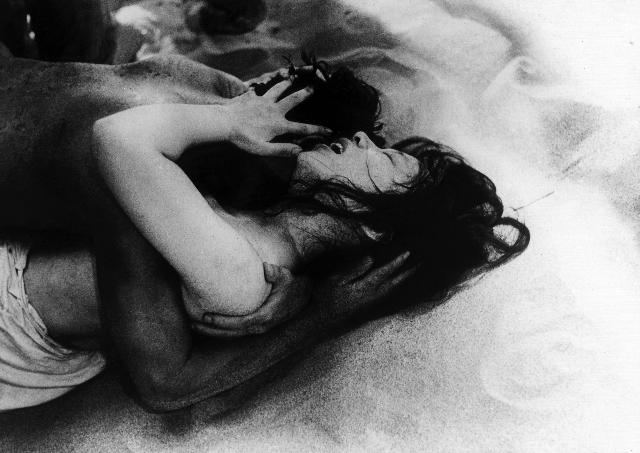
Hiroshi Teshigahara is one of the most important avant-garde filmmakers of all time and opened up new possibilities for storytelling in Japanese cinema. His complex, thought provoking were not only very deep and provided commentary on the world society but were also visually stunning and featured gripping plots.
His greatest films were also usually helped by the scripts of famed writer Kobo Abe and accompanied by music by the great contemporary composer Toru Takemitsu. His first feature film was Pitfall, a heavily symbolic film about a coal mine and its workers.
Two years later Teshigahara directed his masterpiece and the film that would cement him in film history forever, Woman in the Dunes. The story, by Abe, takes from the myth of Sisyphus and features an etymologist who becomes trapped in a sand pit by villagers of a small town and all attempts to get out result in more sand falling in.
Following this film, which won Teshigahara many important awards, he followed up with a science fiction tale The Face of Another, about a man who gets a new face after an accident and his struggles with the new identity. Over the next 25 years, Teshigahara only made five more films, including The Man Without a Map, his final collaboration with Abe, and a documentary about the work of Spanish architect Antonio Gaudi.
5. Masaki Kobayashi (1916 – 1996)
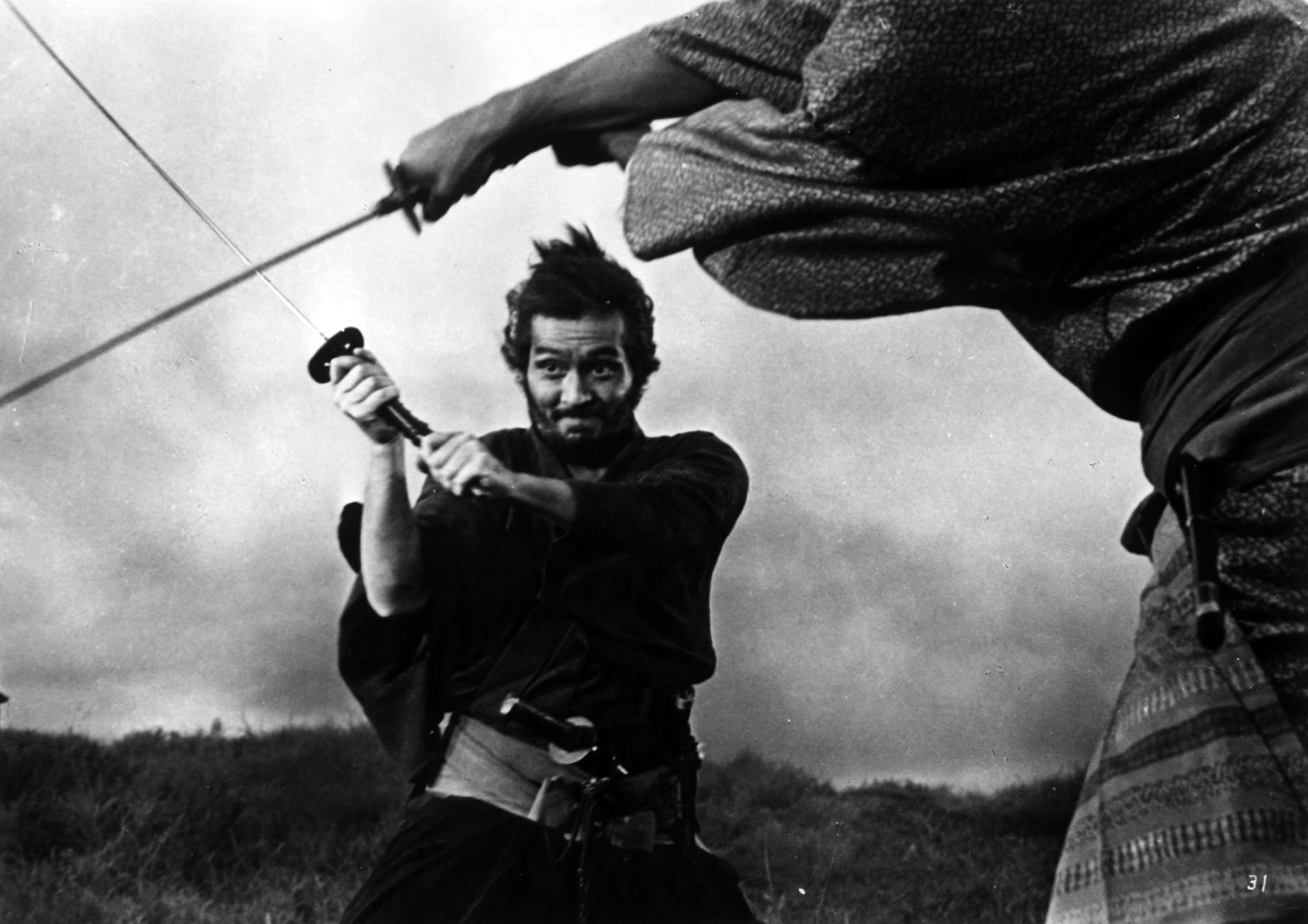
One of the most important directors during the 1960s when the cinema of the country was starting to reach popularity worldwide, Masaki Kobayashi was behind some of the most innovative and ambitious films of the era.
Starting his career after his time in service during World War II, Kobayashi directed a handful of tame, mostly forgotten films before he found a project that he could really get behind. His first notable film was The Thick-Walled Room which explored the effect of the war on Japan and expressed Kobayashi’s pacifist beliefs. He followed this with the unconventional baseball film I Will Buy You and another war film Black River.
Still focused on the war, Kobayashi undertook one of the most immense film projects ever: the nearly ten hour long epic The Human Condition starring Tatsuya Nakadai which follows a soldier through the various horrors of war.
Gaining world renown for this masterful epic, Kobayashi only continued to amaze, following the film with three more of the greatest Japanese movies of the era: two brilliant samurai films, Samurai Rebellion and Harakiri which took a more brutal and human approach to the popular genre, and Kwaidan, a vibrant horror anthology which featured not only great storytelling but some of the most spectacular visuals of the time.
These four colossal films of Japanese cinema are what most of Kobayashi’s reputation stand on, as his works following were less daring and driven. Although his filmography is a bit inconsistent, Kobayashi’s additions to Japanese cinema are unforgettable and his select masterpieces will never be forgotten.
4. Hayao Miyazaki (1941 – present)
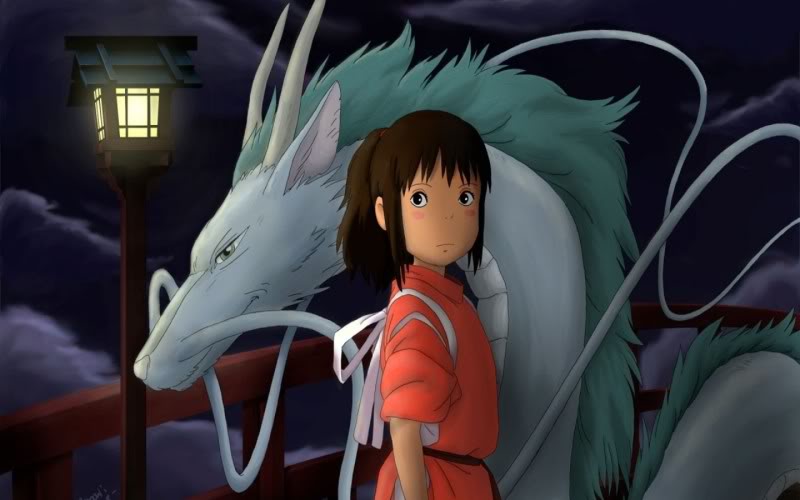
The most well known name on this list, especially for those not very familiar with Japanese cinema, animator Hayao Miyazaki has enchanted the world with his dazzling, magical stories.
Arguably the most important animator since Walt Disney, Miyazaki brought the anime style of film into popularity in the West and opened a whole side of the world to the animated arts of Japan. After spending many years as an animator, Miyazaki made his move to writing and directing with films like The Castle of Cagliostro, about the popular manga character Lupin III, and Nausicaa of the Valley of the Wind.
Miyazaki’s films continued to grow audiences internationally through the 1980s and 90s with family favorites like My Neighbor Totoro and Kiki’s Delivery Service. Unlike much of popular Western animation of the time, Miyazaki was also not afraid to try some more serious storylines as well with such films as the poignant Porco Rosso and the fantastical epic Princess Mononoke.
In 2001 Miyazaki made his masterpiece, the complex fairy tale Spirited Away which became a resounding success, taking the record for the highest grossing Japanese film and is often considered one of the greatest animated films of all time. After Spirited Away continued making magical hits including Howl’s Moving Castle and Ponyo. Although the directed has stated several times that he is retired, rumours often arise that he will return to make another film.
3. Kenji Mizoguchi (1898 – 1956)
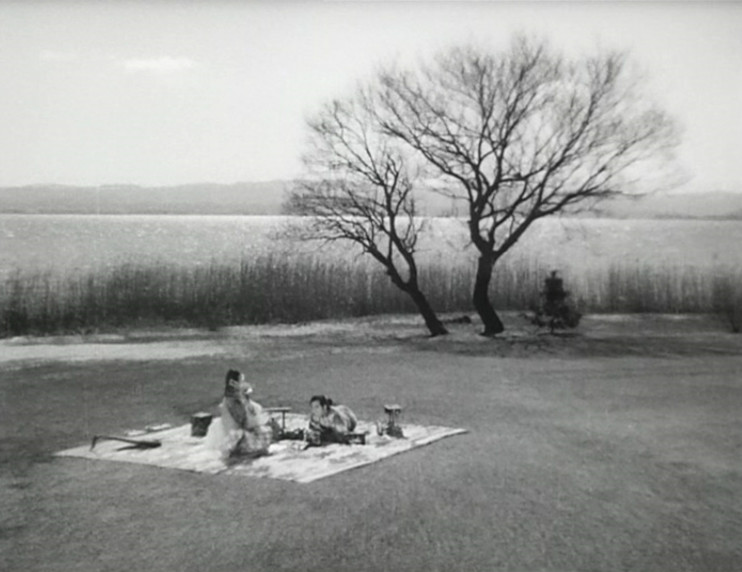
Probably the most important director in the initial development and reputation of Japanese cinema, Kenji Mizoguchi’s work throughout his prolific career has been the inspiration to countless directors worldwide. He started directing feature films in the early 1920s, exploring the medium and borrowing elements from European film, especially the works of German Romanticism.
Mizoguchi’s output during this period was extraordinary as he put out over 50 films in his first two decades in the business, preceding the war. While not much can be said of the quality of these early works, as the majority of them are lost, by the end of the 1930s his craft was already quite polished, and his 1939 film The Story of the Last Chrysanthemums is often cited as the best of its era.
When the war struck, Mizoguchi had to slow down, but only slightly, still averaging over a movie per year. This lengthened time, however, allowed him to focus more on each film and tackle more ambitious films such as the four hour retelling of The 47 Ronin. After the war, the old fashioned cinema of filmmakers like Mizoguchi may have waned in popularity but the director’s talent certainly did not.
In the early 1950s, before Mizoguchi’s unfortunate early passing, the director created three of his most enduring works: The Life of Oharu about the struggles of a prostitute, Ugetsu, a ghost story, and Sansho the Bailiff, about slavery in feudal Japan. These masterpieces, especially Ugetsu, are frequently cited as some of the greatest film ever made and adored by filmmakers of all generations.
2. Yasujiro Ozu (1903 – 1963)
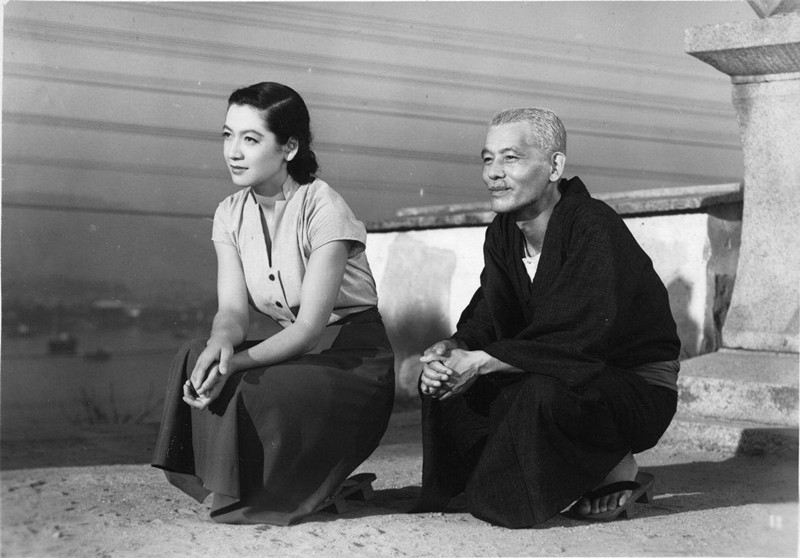
With Mizoguchi, Yasujiro Ozu is one of the most important “fathers” of Japanese cinema, carrying his talents in the silent era into the more modern world of film and making some of the most emotionally poignant films of all time. His subject matter, however, was never as exciting as his peers who embraced the samurai history of Japan.
Instead, Ozu focused on the relationships of families and the effects that Japanese culture and customs had on their lives. Similar to Mizoguchi, Ozu’s filmic output during the silent period was much greater than when he moved to sound films in the mid-1930s and many of his silent films are lost.
Once in the medium of sound, Ozu became one of the most renowned directors internationally, known for his slow pacing, deliberate static framing and the brilliantly subtle performances he was able to draw from his actors, notably his frequent collaborators Chishu Ryu and Setsuko Hara.
Ozu’s films were simply titled, typically with seasonal references such as in Late Spring, Early Summer and An Autumn Afternoon, all of which have been hailed as masterpieces by critics worldwide.
His most famous movie, and a film that is frequently cited as one of the greatest films of all time, is Tokyo Story, a movie about an elderly couple who travel to the city to visit their children, only to find that their children do not have time for them. Ozu’s appeal may not be as gripping as some of the more dynamic directors on this list, but his contributions to the craft of cinema and emotionally powerful stories are essential to Japanese film.
1. Akira Kurosawa (1910 – 1998)
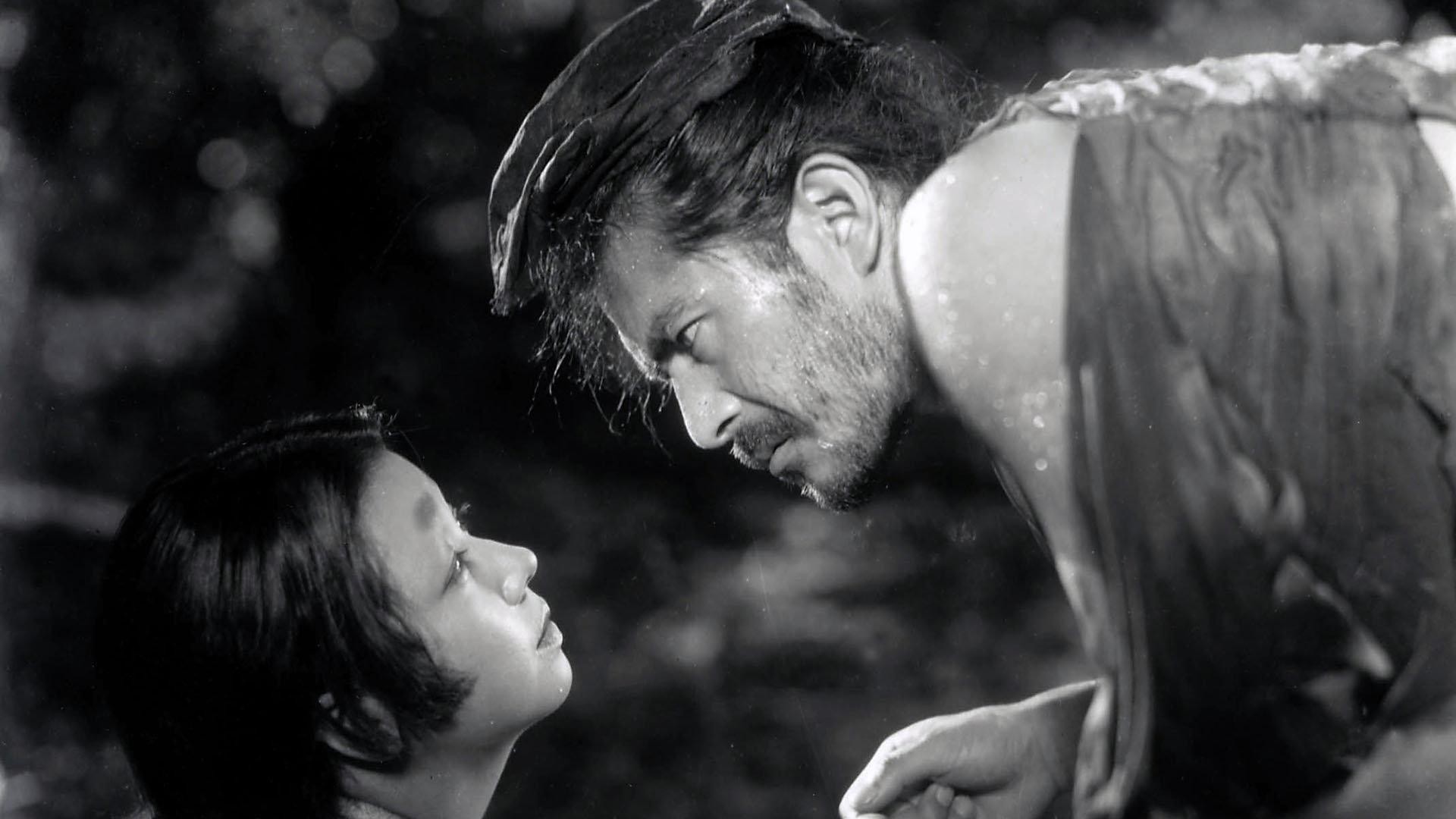
By far the most iconic filmmaker to ever come from Japan, Akira Kurosawa’s immense legacy is built on dozens of masterpieces, spread across all genres and time periods. Part of the reason for Kurosawa’s great success internationally was due to his influences from Western film and literature. The works of early Western directors like John Ford inspired Kurosawa greatly when directing his landmark samurai films like Yojimbo and Sanjuro.
Kurosawa was also an admirer of the works of western writers and adapted many of them to feudal Japan such as “Macbeth” which became Throne of Blood and Dostoyevsky’s The Idiot. Conversely, Kurosawa’s work had a huge effect on the world of Western film as well, with hits like A Fistful of Dollars, The Magnificent Seven and Star Wars all being based off of works by Kurosawa.
His career was much more varied than just samurai films that were popular in the West like Seven Samurai. Kurosawa had many brilliant films set in modern day Japan as well, such as the crime thrillers High and Low and The Bad Sleep Well. Another lesser known film of Kurosawa’s in the West is his subtle masterpiece Ikiru, about an unhappy man who has dedicated his life to his work but, after being diagnosed with cancer, finds new joy in life.
Rashomon is also a very important work in the director’s filmography, notable for its revolutionary plot construction, telling the same story from four different points of view. After the 1960s, the careers of Kurosawa and his peers fell as his movies felt too old-fashioned, but with the support of American admirers like George Lucas and Francis Ford Coppola, Kurosawa was able to finish his career off strong with a string of late films including the samurai epics Kagemusha and Ran.
Honorable Mention: Kihachi Okamoto, Isao Takahata, Toshiya Fujita, Nobuhiko Obayashi, Sion Sono, Sadao Yamanaka, Hideo Gosha.
Author Bio: Matthew Benbenek is an undergraduate Mechanical Engineering student at the University of Wisconsin – Madison. He has a passion for film, music and literature and, when not watching movies, is an amateur director and violin player.